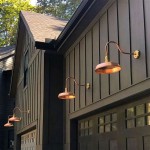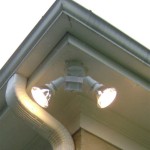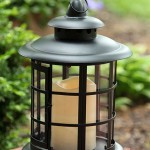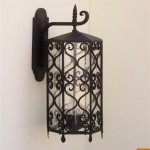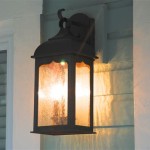Essential Aspects of Eco-Friendly Outdoor Lighting
Eco-friendly outdoor lighting is a critical aspect of sustainable landscaping and responsible property management. By embracing eco-friendly lighting practices, homeowners and businesses can minimize their environmental impact while enhancing the aesthetic appeal of their outdoor spaces.
This article delves into the essential aspects of eco-friendly outdoor lighting, exploring the key considerations that contribute to energy efficiency, environmental sustainability, and visual comfort:
1. LED Technology:
LED (light-emitting diode) lights are highly energy-efficient, consuming significantly less power than traditional incandescent or fluorescent bulbs. They have a long lifespan, reducing the need for frequent replacements. Additionally, LEDs produce minimal heat emissions, reducing the burden on air conditioners.
2. Solar Power:
Solar-powered outdoor lighting eliminates the need for electricity, making it a truly eco-friendly option. Solar panels harness sunlight to charge internal batteries, providing illumination throughout the night. Solar lights are cost-effective and require minimal maintenance.
3. Motion Sensors and Timers:
Motion sensors and timers help prevent unnecessary lighting by only activating lights when needed. This feature reduces energy consumption and extends the lifespan of bulbs. Motion sensors detect movement, turning on lights only when someone is present, while timers allow users to set specific hours of operation.
4. Shielding and Light Pollution:
Properly shielded outdoor lighting minimizes light pollution, which can disrupt ecosystems and affect human health. Shielding directs light downward, reducing glare and skyglow. By limiting the amount of light emitted into the surrounding environment, eco-friendly lighting protects nocturnal wildlife and promotes neighborhood harmony.
5. Aesthetics and Visual Comfort:
Eco-friendly outdoor lighting should not compromise aesthetics. A well-designed lighting plan can enhance the beauty of a property while considering visual comfort. Warm-toned lighting creates a welcoming atmosphere, while cooler tones offer better visibility in certain areas.
6. Fixture Materials and Durability:
Choosing durable, weather-resistant fixtures ensures longevity and reduces the need for replacements. Materials such as stainless steel, aluminum, and tempered glass withstand harsh outdoor conditions. High-quality fixtures minimize energy consumption, as they won't deteriorate as quickly.
7. Maintenance and Upkeep:
Regular maintenance is essential for optimal performance and longevity of eco-friendly outdoor lighting. Cleaning fixtures, replacing bulbs promptly, and checking for any issues ensures that the lighting system operates efficiently and safely.
By considering these essential aspects, individuals can create eco-friendly outdoor lighting environments that are both sustainable and aesthetically pleasing. These practices not only reduce environmental impact but also contribute to energy savings and promote responsible nighttime illumination.

Eco Friendly Outdoor Lighting Ideas

Eco Friendly Outdoor Lighting Ideas

Eco Friendly Outdoor Lighting Ideas

Ideas Of Eco Friendly Landscape Sb Evolution

What Is The Most Bat Friendly Outdoor Lighting Light Yard

Shining Light On Eco Friendly Outdoor Lighting Moon Glow

Eco Friendly Outdoor Landscape Lights 2024 Best Pathway Lighting

Giraffe Street Lamp Sustainable Outdoor Light Design And Eco Friendly Backyard Ideas Concept Green Power

Eco Friendly Outdoor Landscape Lights 2024 Best Pathway Lighting

Are You Looking To Incorporate Eco Friendly And Energy Efficient Lighting Your Backyard
